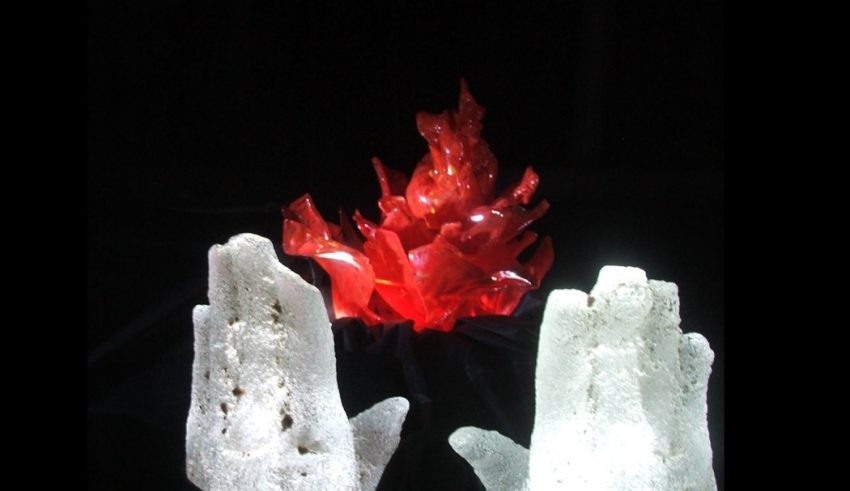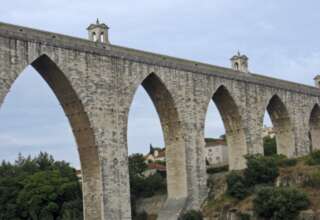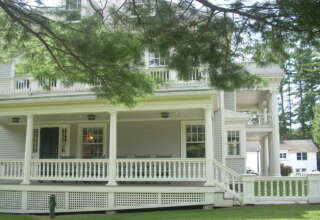
There is a second version of the pebble dropping in the water that I have offered with my colleague, Suzy Pomerantz (2020). Embers do remain when we broaden our perspective and enter upon a deep time journey. There is a lasting impact and lingering causation in the embers left behind. The bowl has now been replaced by a lake (usually with a sandy shoreline). The pebble is dropped in the water. There are ripples in the water that soon dissipate, apparently leaving nothing behind. Yet, if we wander along the edge of the lake, we find that the ripples have left an imprint in the sand or even more subtly has made a minor erosion of the rocks located in and beside the lake. There has been an impact, be it ever so small and perhaps ever so remote.
Our program or organization has made a difference. We have only to search for and be patient in discovering the difference our program or organization has made. We have only to be appreciative in reflecting on and learning from our own work (Bergquist and Mura, 2011) As part of a community and as one element in a complex system, our program or organization can’t help but influence everything around us. We live in MacFarland’s interconnected web. We only make no difference if we have managed to never start the program or organization–though even the dream of starting the program or organization has left a ripple (at least in our own head and heart).
What then about the nature of the impact our program or organization has made? Is it necessarily positive? Do our actions (our dropped pebbles) cause harm or are they helpful and healing? In part this depends on how we interpret the impact that has been made. Do we want the sand to remain pristine—without any sign that humans have intruded? Do we worry about the rock being eroded? Over the short run, the indentations and erosions might be fine, but the sand might eventually be lost (especially with much more extreme generation of ripples and waves with the introduction of motorboats to the lake). The rocks are needed to ensure the structural integrity of the lake and play a role in sustaining the lake’s biology. Deep time requires that we take longer term impact into consideration. As we find in the cultures of many indigenous people in North America (and throughout the world), a 7-generational perspective might be appropriate. Deep time necessitates deep concern.
There is also the matter of what happens to the ripples as they cross the lake. Systems are always complex and all part of a system direct and disrupt the movement of other parts of the system. Ripples are rarely allowed to proceed without disruption. There are other ripples being produced by other pebbles being dropped by other people at the edge of the lake. Winds are blowing across the lake. Currents are generated by water entering and leaving the lake. The flapping of wings by a lovely loon that is traveling across the surface of the lake might be causing its own ripples. Fauna interacts with flora. A fish splashes the surface of the lake or generates movement of the water far below its surface. And let’s not even begin to unpack the effect of a butterfly’s fluttering wings from the other side of our planet on the lake’s surface.








